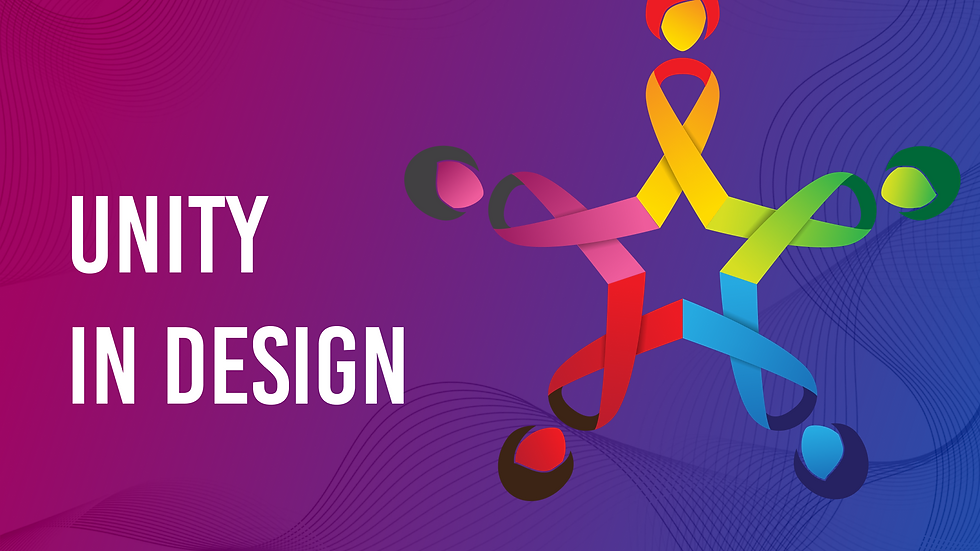The Power of Proximity in Design: Enhancing Design Cohesion Through Strategic Placement
- Rohit Kumar Verma
- Apr 13, 2024
- 2 min read

In the world of design, every element within a composition holds significance. From typography to images, colours to whitespace, the arrangement of these elements plays a crucial role in shaping the overall aesthetic and effectiveness of a design. One principle that designers often rely on to create visual harmony and coherence is proximity. In this blog post, we'll explore the concept of proximity in design, its importance, and how it can be leveraged to elevate the impact of various design projects.
Understanding Proximity
Proximity, in the context of design, refers to the spatial relationship between elements within a composition. It dictates how closely related or distant elements appear to be to one another. By strategically grouping related elements together and separating unrelated ones, designers can establish visual connections and guide the viewer's attention with precision and clarity.
The Role of Proximity in Design
Proximity serves several key functions in design:
Organizing Information: By grouping related elements together, such as headlines with accompanying text or icons with labels, proximity helps organize information in a logical and intuitive manner. This makes it easier for viewers to understand the hierarchy and structure of the content.
Creating Visual Relationships: Proximity fosters visual relationships between elements, indicating their connection or importance. For example, in a product catalogue, placing images and descriptions in close proximity suggests that they belong together and are associated with the same item.
Enhancing Readability: Proximity plays a crucial role in enhancing readability by reducing cognitive load and minimizing the effort required to process information. Well-organized layouts with closely related elements enable viewers to scan and absorb content more efficiently.
Establishing Visual Flow: By controlling the spatial arrangement of elements, designers can create a natural flow of visual movement within a composition. Proximity helps guide the viewer's eye from one element to the next, leading them through the design in a logical and engaging manner.
Practical Applications of Proximity
Designers can leverage proximity in various ways to achieve specific design goals:
Grouping Related Content: Grouping related content, such as navigation links or product features, in close proximity helps users quickly locate and access the information they need.
Differentiating Sections: By varying the proximity between different sections of a design, designers can visually differentiate between primary and secondary content areas, creating a sense of hierarchy and emphasis.
Creating Visual Impact: Strategic use of proximity can create visual impact and draw attention to key elements within a composition. For example, placing a call-to-action button in close proximity to a compelling headline increases its visibility and encourages user interaction.
Conclusion
Proximity is a powerful tool in the designer's toolkit, enabling them to organize information, establish visual relationships, and enhance the overall readability and effectiveness of a design. By understanding the principles of proximity and applying them thoughtfully, designers can create compositions that are not only visually appealing but also intuitive, engaging, and easy to navigate. Whether designing websites, print materials, or digital interfaces, proximity remains a fundamental aspect of effective design that should not be overlooked.



Comments